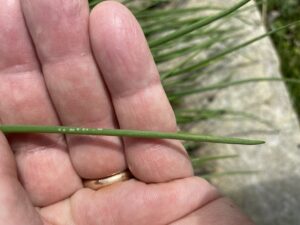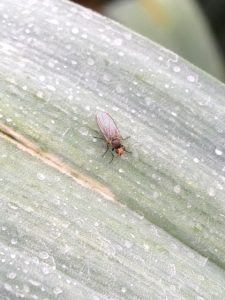North Jersey Fruit and Vegetable Twilight Meeting II
April 19, 2022
4:30 PM-7:30 PM
Alstede Farms, Chester, NJ
4:30 PM – Registration / Light Refreshments
4:45 PM – Apple Fruit Rots: Environment, Infection Timing and Fungicide Efficacy
Norm Lalancette, Specialist in Tree Fruit Pathology, Rutgers NJAES
5:15 PM – Farm Tour of Fruit and Early Season Vegetable Production
Kurt Alstede, Craig Steely, Hector Ruiz, John Ferrante, Alstede Farms
5:30 PM – Tree Fruit Insect and Disease Update
Dean Polk, Statewide Fruit IPM Agent, Rutgers NJAES
5:45 PM – Disease Control Options for Spring Vegetable Crops
Andy Wyenandt, Specialist in Vegetable Pathology, Rutgers NJAES
6:00 PM – Early Season Weed Control Update
Thierry Besancon, Specialist in Weed Science, Rutgers NJAES
6:15 PM – Insect Control for Spring Vegetable Crops
Kris Holmstrom, Vegetable IPM Research Project Coordinator, Rutgers NJAES
6:30 PM – Greenhouse and High Tunnel Considerations for Early Season Vegetable Production
AJ Both, Extension Specialist in Controlled-Environment Engineering, Rutgers NJAES
6:45 PM – Tour of Pesticide Storage and Loading Facility
Kurt Alstede, Craig Steely, Alstede Farms
Patricia Hastings, Extension Pesticide Safety Education Coordinator, Rutgers NJAES



